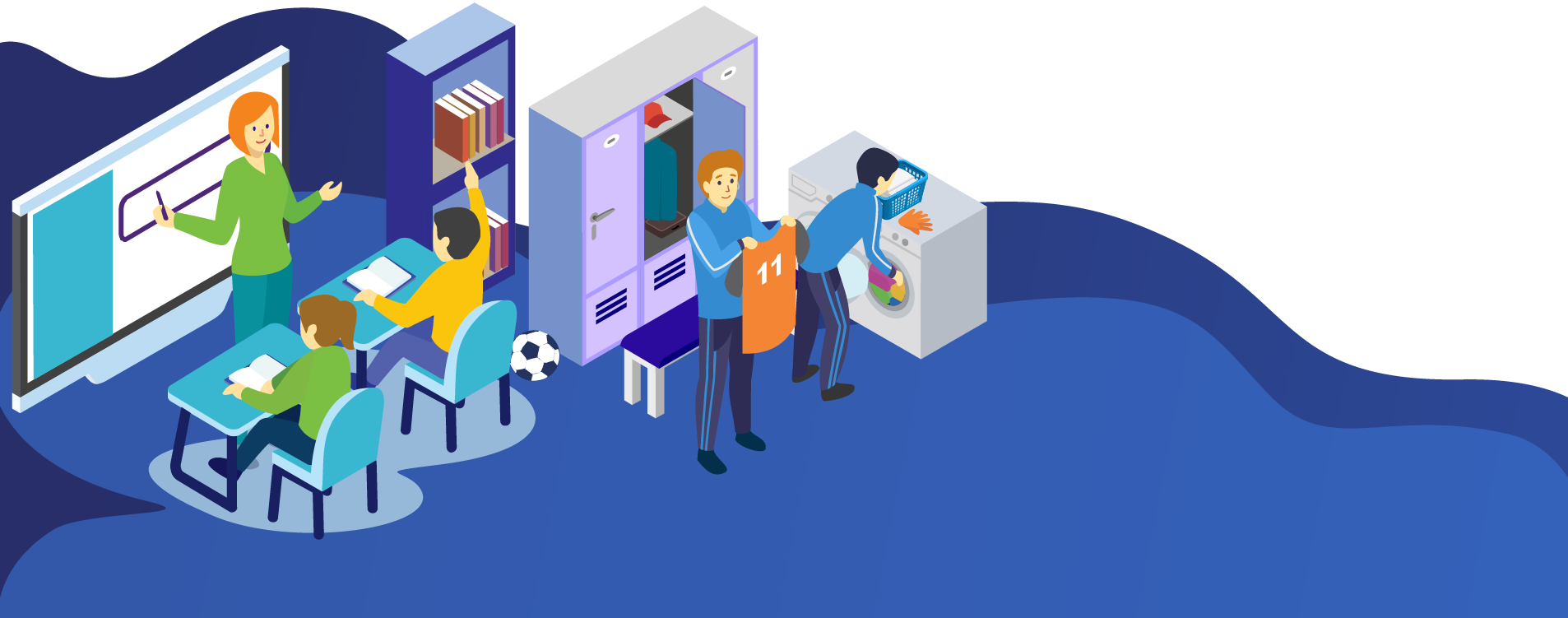4 ways EdTech supports kids with dyslexia
In our latest blog, we look at the ways in which EdTech supports kids with dyslexia including apps to help with literacy, numeracy and comprehension.

It’s safe to say that the past year has been a year like no other for the education sector. School closures have led to teachers grappling to get up-to-speed with online learning and parents juggling work commitments with home-schooling and childcare.
Whilst the transition to online learning has been tough for everyone, kids with dyslexia have faced a unique set of challenges. In this article, we look at the ways in which EdTech supports kids with dyslexia and how this has played out during the pandemic.
What is dyslexia?
The Dyslexia Association describes dyslexia as “one of a family of specific learning difficulties” affecting the way that information is learned and processed. Dyslexia affects up to 9.9 million people in the UK who can have difficulties with spelling, writing, reading fluency, and word recognition.
How has the pandemic affected kids with dyslexia?
In education settings, dyslexic students are supported using techniques that engage a range of senses, including vision, touch and hearing. In remote learning environments, this direct teacher-student support is reduced – with kids spending more time working independently.
The pandemic has shone a light on the existing EdTech to support dyslexic students and exposed a need for better, more accessible technology moving forward.
How can EdTech help kids with dyslexia?
1) Assistive technology
Assistive technology has made huge strides in recent years in helping students reach their potential. Kids today have access to a wide range of supportive technologies. These include alternative keyboards, electronic worksheets, talking calculators, phonetic spelling software, and audiobooks.
2) Developments in AI and machine learning
Artificial intelligence (AI) and machine learning are playing more of role in education, creating the opportunity to personalise learning. Although there’s still work to do to make these technologies more accessible to students with reading or comprehension difficulties, this is an area with a lot of potential.
3) Apps to support kids with dyslexia
There are a number of popular apps to support dyslexic students. These include:
- Crazy Cursive Letters: In this app, users get to trace a variety of letters and words onto different backgrounds, e.g. like the sky or on a cake! It uses sound effect, is colourful and bright, and gives the user visual feedback on their progress.
- Montessori Words: This app helps users learn phonetics using a phonics-enabled alphabet, pictures, draggable letters, and visual feedback.
- Dyslexia Quest: This app has cartoon-style interface and is all about having fun whilst learning! Users climb mountains in a series of ‘Yeti’ games to test their cognitive skills, numeracy and writing!
- OpenWeb: This app helps dyslexia users with ‘swimming’ words by using a dyslexia-friendly font to improve text legibility. This makes letters of the alphabet easier to read to help distinguish them for comprehension.
With assistive technology and engaging learning tools such as iPads, we’re hopeful that the ways in which EdTech supports kids with dyslexia will only continue to grow in the future! At Utility Rentals, we offer a range of school-friendly iPads via our flexible rental agreements to help your school make the most of technologies like apps for learning.
If your school needs help with equipment to support students with dyslexia, call on our friendly team!
Tags
Similar Articles
How to lease laptops for your school
A lot of schools are reviewing their fleets of laptops right now, due to Microsoft’s decision to withdraw support for…
Keeping schools secure with your IT equipment
As a supplier of IT equipment to schools, an essential part of your sales pitch is explaining to your customers…



